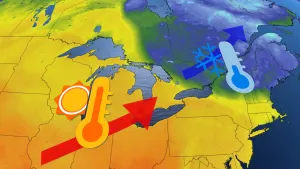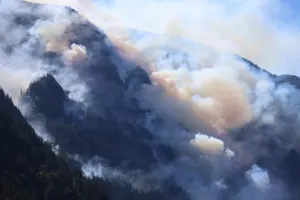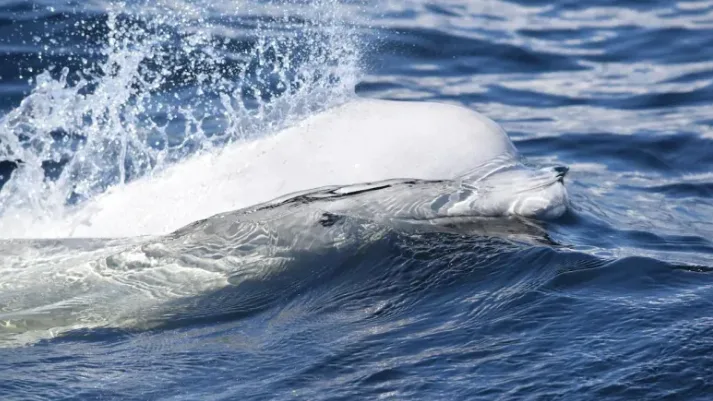
Quebec study aims to reveal what's happening to baby belugas
Beluga whale females and calves have been washing up on the shores of the St. Lawrence River at alarming rates for more than a decade, and scientists don't know why.
But a group of researchers in Quebec has been offered a two-year grant to get to the bottom of the endangered cetaceans' unexplained mortality rate.
The Prince Albert II of Monaco Foundation is providing $150,000 to the Quebec-based Group for Research and Education on Marine Mammals (GREMM) to crack the case.
(MUST SEE: Kayaker spent two weeks paddling beside whales, see it here)
To carry out the study, GREMM has set up the Beluga Whale Health Project. It will measure the midsections of female belugas at the end of breeding season, which is in late winter and early spring.
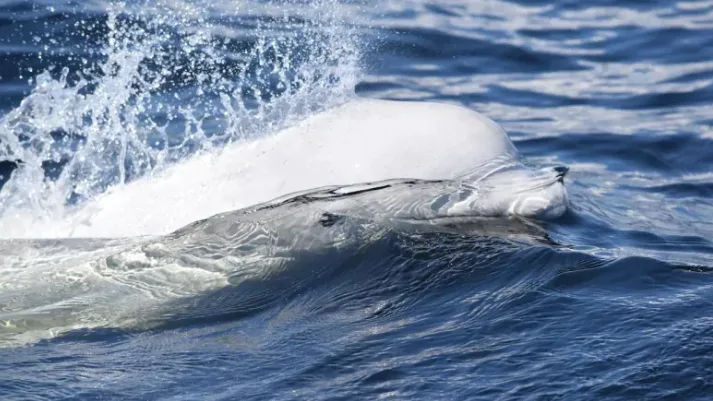
(To carry out the study, GREMM has set up the Beluga Whale Health Project. It will measure the midsections of female belugas at the end of breeding season. Alexandre Shields)
The aim is to determine whether the belugas are gaining enough weight, and have enough energy, to complete their demanding reproduction cycle.
(SEE ALSO: Japan ferry 'hits whale', at least 87 passengers injured)
"With this project, we will also measure the proportion of females who are pregnant," said Robert Michaud, scientific director of GREMM, which is located in Tadoussac, Que.
The measurements will be made with a drone that takes high-definition photos from above, allowing researchers to monitor the health of individual animals.
The increase in whale deaths in the St. Lawrence is especially noticeable during the breeding season, Michaud said.
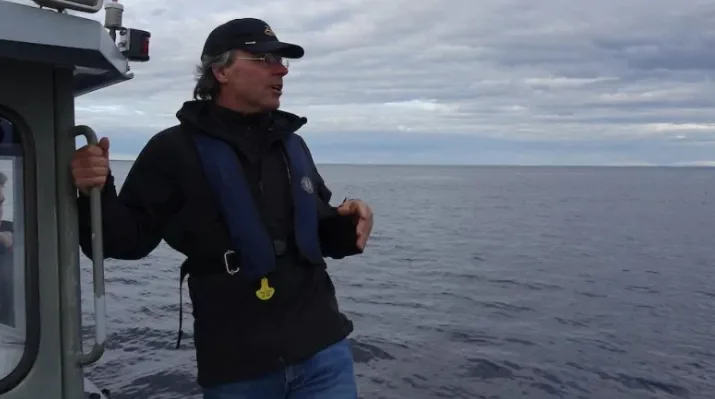
(Robert Michaud, scientific director with GREMM, says understanding what is killing the mammals will help to better protect them. Jean-François Bouthillette/Radio-Canada)
One hypothesis is that beluga females are lagging in energy and failing to find food.
"To stay in good shape and thrive, they must be strong and well fed," Michaud said. "We suspect there may be a problem there. We want to check."
This research angle, he added, could help better identify the beluga's challenges and needs.
By bringing all the data together from research projects like this one, he said, "we hope it will help us better understand and protect belugas."







